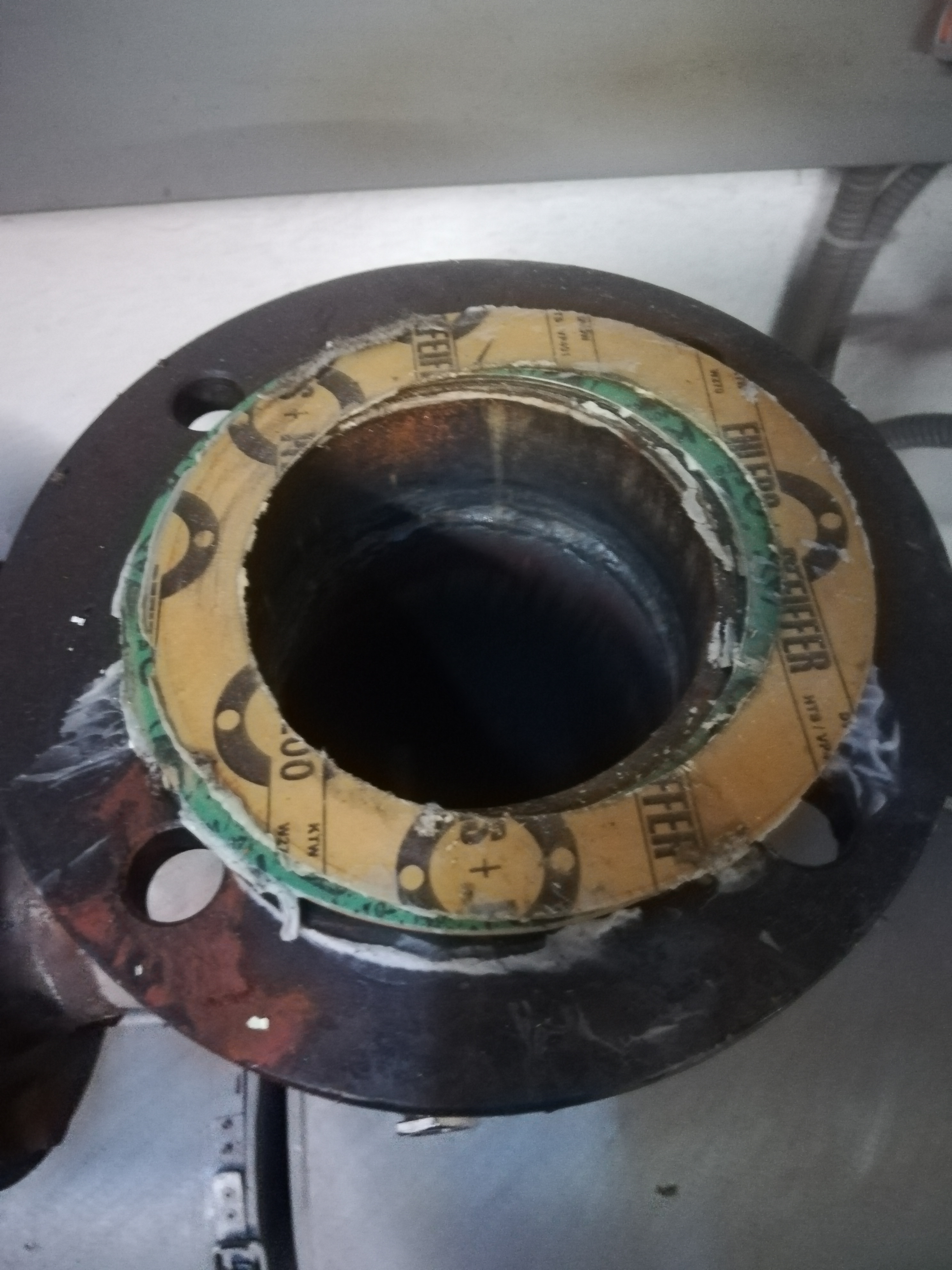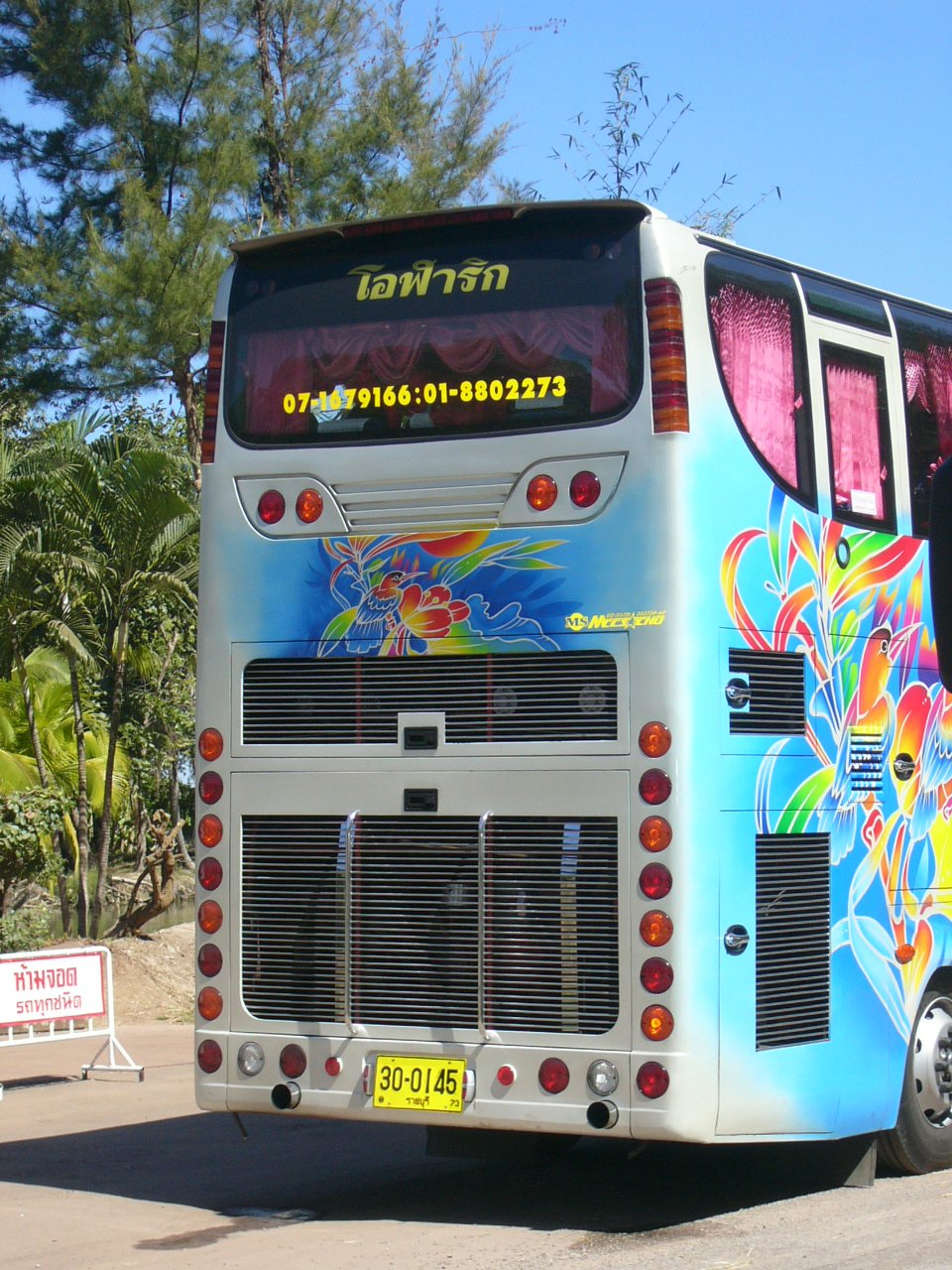|
Certified Automotive Parts Association
The Certified Automotive Parts Association (CAPA) is a non-profit certification organization established in 1987 to develop and oversee a testing program for aftermarket automotive parts. CAPA was created by automobile insurance companies. It was created to control the market on parts used by insurance company contracted collision shops. It gave the insurance companies an alternative to high priced OEM parts. CAPA encourages competition in the marketplace in the hope that their program will ultimately reduce expense to the consumer and the industry while increasing and assuring part quality. Material Standards CAPA quality standards apply to various types of parts made from different materials. CAPA is constantly expanding the certification program to include more parts and new materials. Currently, three specifications that set quality standards for metal (CAPA 101), plastic (CAPA 201) and lighting (CAPA 301) are in place. Each specification provides detailed testing and i ... [...More Info...] [...Related Items...] OR: [Wikipedia] [Google] [Baidu] |
Quarter Panel
A quarter panel (British English: rear wing) is the body panel (exterior surface) of an automobile between a rear door (or only door on each side for two-door models) and the trunk (boot) and typically wraps around the wheel well. The similar front section between the door and the hood (bonnet) is called a fender (front wing), and may sometimes also be referred to as a quarter panel. Quarter panels are typically made of sheet metal, but are sometimes made of fiberglass, carbon fiber, or fiber-reinforced plastic. A quarter panel is typically a welded-on component of the unibody A vehicle frame, also historically known as its ''chassis'', is the main supporting structure of a motor vehicle to which all other components are attached, comparable to the skeleton of an organism. Until the 1930s, virtually every car had ... structure. Replacement of a sheet metal quarter panel typically requires it to be cut off the vehicle and a replacement part to be welded (or sometim ... [...More Info...] [...Related Items...] OR: [Wikipedia] [Google] [Baidu] |
Gasket
Some seals and gaskets A gasket is a mechanical seal which fills the space between two or more mating surfaces, generally to prevent leakage from or into the joined objects while under compression. It is a deformable material that is used to create a static seal and maintain that seal under various operating conditions in a mechanical assembly. Gaskets allow for "less-than-perfect" mating surfaces on machine parts where they can fill irregularities. Gaskets are commonly produced by cutting from sheet materials. Given the potential cost and safety implications of faulty or leaking gaskets, it is critical that the correct gasket material is selected to fit the needs of the application. Gaskets for specific applications, such as high pressure steam systems, may contain asbestos. However, due to health hazards associated with asbestos exposure, non-asbestos gasket materials are used when practical. It is usually desirable that the gasket be made from a material that is to some d ... [...More Info...] [...Related Items...] OR: [Wikipedia] [Google] [Baidu] |
Photometry (optics)
Photometry is the science of the measurement of light, in terms of its perceived brightness to the human eye. It is distinct from radiometry, which is the science of measurement of radiant energy (including light) in terms of absolute power. In modern photometry, the radiant power at each wavelength is weighted by a luminosity function that models human brightness sensitivity. Typically, this weighting function is the photopic sensitivity function, although the scotopic function or other functions may also be applied in the same way. Photometry and the eye The human eye is not equally sensitive to all wavelengths of visible light. Photometry attempts to account for this by weighting the measured power at each wavelength with a factor that represents how sensitive the eye is at that wavelength. The standardized model of the eye's response to light as a function of wavelength is given by the luminosity function. The eye has different responses as a function of wavelength w ... [...More Info...] [...Related Items...] OR: [Wikipedia] [Google] [Baidu] |
Federal Motor Vehicle Safety Standard 108
Federal Motor Vehicle Safety Standard 108 (FMVSS 108) regulates all automotive lighting, signalling and reflective devices in the United States. Like all other Federal Motor Vehicle Safety Standards, FMVSS 108 is administered by the United States Department of Transportation's National Highway Traffic Safety Administration. Usage outside of USA Canada Canada Canada is a country in North America. Its ten provinces and three territories extend from the Atlantic Ocean to the Pacific Ocean and northward into the Arctic Ocean, covering over , making it the world's second-largest country by tota ...'s analogous regulation is called ''Canada Motor Vehicle Safety Standard 108'' (CMVSS 108), and is very similar to FMVSS 108. The primary differences are: * CMVSS 108 requires daytime running lamps on all vehicles made since 1 January 1990, while FMVSS 108 permits but does not require DRLs * CMVSS 108, through an adjunct called CMVSS 108.1, permits European headlamps, wh ... [...More Info...] [...Related Items...] OR: [Wikipedia] [Google] [Baidu] |
Automotive Lighting
The lighting system of a motor vehicle consists of lighting and signalling devices mounted to or integrated into the front, rear, sides, and in some cases the top of a motor vehicle. They illuminate the road ahead for the driver and increase the vehicle's visibility, allowing other drivers and pedestrians to see its presence, position, size, direction of travel, and its driver's intentions. Emergency vehicles usually have distinctive lighting equipment to warn drivers and indicate priority of movement in traffic. History Early road vehicles used fuelled lamps before the availability of electric lighting. The Ford Model T used carbide lamps for headlights and oil lamps for tail lights. It did not have all-electric lighting as a standard feature until several years after its introduction. Dynamos for automobile headlights were first fitted around 1908 and became commonplace in 1920s automobiles. Silent film star Florence Lawrence is often credited with designing the first " ... [...More Info...] [...Related Items...] OR: [Wikipedia] [Google] [Baidu] |
Side Molding
Automotive molding or car body molding are decorative and protective moldings on the car body. The term applies both to the detail and the material. Car moldings include side body molding, lower body molding, door moldings, window moldings, footrest molding, mudflaps, etc. They are often found in services in association with car mat Vehicle mats, also known as "automobile floor mats", are designed to protect a vehicle's floor from dirt, wear, and salt corrosion. One major use of a vehicle mat is to keep the car looking clean. Most mats can be easily removed for cleaning a ...s, etc. Various car moldings must have high scratch resistance, weather resistance and gloss matching that of the car body. A common material which provides these is polyvinyl chloride. [...More Info...] [...Related Items...] OR: [Wikipedia] [Google] [Baidu] |
Fascia (car)
''Fascia'' () is a term used in two areas in the automotive world. ''Fascia'' often refers to the decorative panels of a car's dashboard, or the dashboard assembly. Regulations affecting bumper design in the late 1970s saw the increasing use of soft plastic materials on the front and rear of vehicles. ''Fascia'' was adopted then as the term to describe these soft areas, but is now increasingly used as a general term for a car's set of front-end components: grille, headlamps, front bumper Bumper or Bumpers may refer to: People * Betty Bumpers (1925-2018), American activist, First Lady of Arkansas, wife of Dale Bumpers * Dale Bumpers (1925–2016), American politician, governor of Arkansas and senator * Bumper Robinson (born 1974 ..., and other details. A bumper valance panel, a piece that is mounted on top of the bumper, or is right under it, is also considered a part of the vehicle's fascia. Carmakers often design the body panels that form the nose of their vehicles to ... [...More Info...] [...Related Items...] OR: [Wikipedia] [Google] [Baidu] |
Deck Lid
The trunk (North American English) or boot (British English) of a car is the vehicle's main storage or cargo compartment, often a hatch at the rear of the vehicle. It is also called a tailgate. In Indian English the storage area is known as a dickey (also spelled dicky, dickie, or diggy), and in South-East Asia as a compartment. Designs The trunk or luggage compartment is most often at the rear of the vehicle. Early designs had an exterior rack on the rear of the vehicle to attach luggage trunk. Later designs integrated the storage area into the vehicle's body, and eventually became more streamlined. The main storage compartment is normally provided at the end of the vehicle opposite to which the engine is located. Some mid-engined or electric cars have luggage compartments both in the front and in the rear. Examples include the Porsche 914 and Boxster as well as Toyota MR2. The mid-engined Fiat X1/9 also has two storage compartments, although the rear one is small, ... [...More Info...] [...Related Items...] OR: [Wikipedia] [Google] [Baidu] |
Certification
Certification is the provision by an independent body of written assurance (a certificate) that the product, service or system in question meets specific requirements. It is the formal attestation or confirmation of certain characteristics of an object, person, or organization. This confirmation is often, but not always, provided by some form of external review, education, assessment, or audit. Accreditation is a specific organization's process of certification. According to the U.S. National Council on Measurement in Education, a certification test is a credentialing test used to determine whether individuals are knowledgeable enough in a given occupational area to be labeled "competent to practice" in that area. Types One of the most common types of certification in modern society is professional certification, where a person is certified as being able to competently complete a job or task, usually by the passing of an examination and/or the completion of a program of study ... [...More Info...] [...Related Items...] OR: [Wikipedia] [Google] [Baidu] |
Screen Bezel
A display device is an output device for presentation of information in visual or tactile form (the latter used for example in tactile electronic displays for blind people). When the input information that is supplied has an electrical signal the display is called an ''electronic display''. Common applications for '' electronic visual displays'' are television sets or computer monitors. Types of electronic displays In use These are the technologies used to create the various displays in use today. * Liquid crystal display (LCD) ** Light-emitting diode (LED) backlit LCD ** Thin-film transistor (TFT) LCD ** Quantum dot (QLED) display * Light-emitting diode (LED) display ** OLED display ** AMOLED display ** Super AMOLED display Segment displays Some displays can show only digits or alphanumeric characters. They are called segment displays, because they are composed of several segments that switch on and off to give appearance of desired glyph. The segments are u ... [...More Info...] [...Related Items...] OR: [Wikipedia] [Google] [Baidu] |
Primer (paint)
A primer () or undercoat is a preparatory coating put on materials before painting. Priming ensures better adhesion of paint to the surface, increases paint durability, and provides additional protection for the material being painted. Composition A primer consists of synthetic resin, solvent and additive agent while some primers contain polyethylene (plastic), for better durability. Use Primer is a paint product that allows finishing paint to adhere much better than if it were used alone. It is designed to adhere to surfaces and to form a binding layer that is better prepared to receive the paint. Compared to paint, a primer is not intended to be used as the outermost durable finish and can instead be engineered to have improved filling and binding properties with the material underneath. Sometimes this is achieved by chemistry, as in the case of aluminum primer, but more often this is achieved through controlling the primer's physical properties such as its porosity, tackiness ... [...More Info...] [...Related Items...] OR: [Wikipedia] [Google] [Baidu] |




.jpg)

